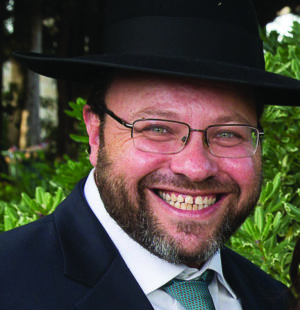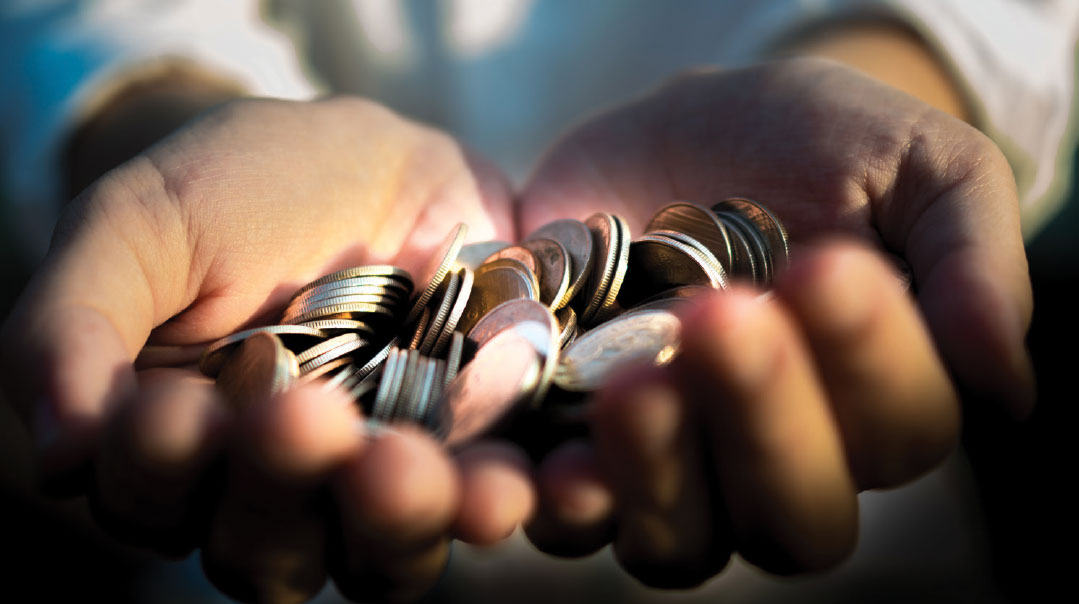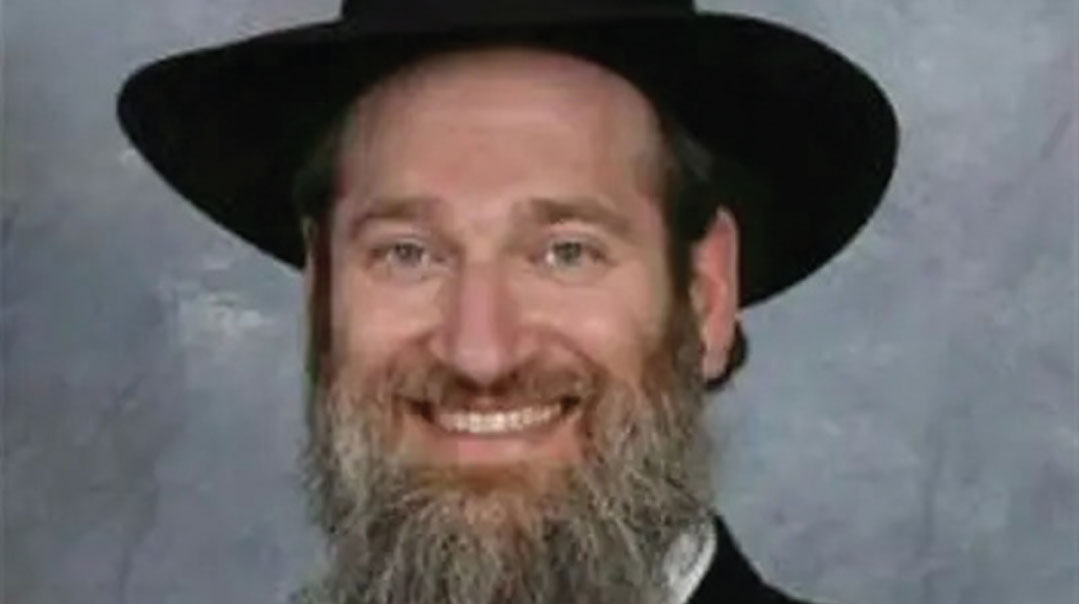Israeli Give and Take

Of giving, taking, and building campaigns

There is a spark of Hashem in everyone, but in Israelis one can easily identify it. It comes out all the time. It shows in their deep connection to Eretz Yisrael, which I see often in my work as a tour guide here. Although the only reason an Israeli takes a tour guide is to show that he knows more: “I fought here, I planted here… Give me the mic…” This is Hashem’s favorite country, and theirs as well.
That spark of Hashem in them is also telling them not to be satisfied with their political leaders, an ancient Jewish custom since Shlomo Hamelech died. Ergo Election Number III next month. Their neshamos know that really no one should be in charge besides Mashiach ben David.
That divine spark reveals itself in a more tragic way through the many Israeli yordim who, when the going gets tough, leave Israel and join the Shechinah in galus. Unlike their assimilated American-born counterparts, who are quite comfortable where they are, Israeli expats seem to know they are not really home. (Not a problem for us frum people, right?) Their holy neshamos, privileged to have been born and raised in Eretz Yisrael, understand that they are not at their final destination. In their homes they all have a picture of the Kosel hanging on the wall. That divine spark wants to return.
As we enter the month of Adar, we begin reading the parshiyos about the building of Hashem’s first home, the Mishkan. It should not be lost on us that it was built outside of Eretz Israel, in the wilderness. The building materials, though, were “made in Israel.” Chazal tell us, for example, that the wood came from trees planted centuries before in Eretz Yisrael by Yaakov Avinu, brought down to Egypt with them. (The gold, silver, and copper were Egyptian, of course, but we never had a problem accepting non-Jewish money.)
The Mishkan was meant to be Hashem’s temporary dwelling place on our way to Eretz Yisrael, but also the model for His eventual permanent home in Yerushalayim, when we got there. Now, in the mitzvah to build Him this house, Hashem set the precedent for us that we had to raise the money for it. Maybe that’s part of the reason we had to go down to Egypt. Who in Israel has money for a house? (I’m in the wedding market now, I know.) So our story begins with an ancient Israeli tradition — the schnorr.
“And Hashem spoke to Moshe saying, ‘Speak to the Children of Israel: they shall take for Me a contribution, from each man who is of generous heart they shall take My contribution.”
Now almost all of the commentaries note the difficulty with the wording of this pasuk. We understand the Torah is not written in “Israeli,” so it’s not a case of “no speekeeng eenglesh dat goot.” But the proper phrasing would probably be “Speak to the Children of Israel, they shall give Me a contribution” — not “take for Me.”
There is a beautiful chassidic story about the Chakal Yitzchak of Spinka. The Rebbe would visit various shtetls, and the chassidim flocked to him to receive his blessings and implore him to pray that their troubles and worries be resolved. The chassidim would each leave a pidyon (customary donation), and after the Rebbe had received them all, they would join together at a tish to eat and drink. The Rebbe would say words of Torah and they would sing together until the wee hours of the night.
At one tish, a chassid who was a bit more cynical than the rest noticed that the Rebbe was spending an inordinate time in bentshing on the sentence “v’na al tatzricheinu, Hashem Elokeinu, lo lidei matnas basar v’dam v’lo lidei halva’asam ki im l’yadecha hameleiah hapesuchah v’harchavah [And please do not require us, Hashem our G-d, to rely on gifts from flesh and blood, or on their loans, but only on Your full, open, and generous hand].”
The Rebbe repeated these words over and over with great fervor and concentration. The chassid (who was perhaps somewhat of a closet misnaged) smirked to himself, thinking, How nice that the Rebbe doesn’t want handouts, after sitting for the past few hours accepting all these gifts and contributions from people. Afterward, the Rebbe called over the chassid and explained the quandary that was troubling him.
“When people pour out their hearts to me and beseech me to pray on their behalf, they give me money,” the Rebbe said. “If my prayers are immediately successful, then the money they give me is like a service fee for my having shed many tears and achieving all that they have asked me to do. I have earned their money honestly. We all have to make a living somehow, right?
“If Hashem doesn’t answer me right away, then the money they have given me remains in my hands as a loan — until my prayers shake the Heavens and Hashem answers their desperate pleas. Sometimes, however, Hashem simply has other plans. For reasons only He knows, I am not worthy to change the Heavenly decree. In those cases, the money they have given me becomes a gift, a present from flesh and blood. Not a service fee and not a loan.
“In my bentshing, I ask Hashem to please, please accept my tefillos, and don’t force me to account for the money I have been given as either loans or gifts. Please hear my prayers so that all the money I receive comes through Your kind, open generosity. That is my deepest prayer when I recite those holy words.”
The chassid was silent. He now understood that for the Rebbe to take money from his chassidim meant undertaking a tremendous responsibility. The chassidim who donated were in fact forging a bond with their master that would endure until their prayers hopes and fears were answered and resolved; they were taking far more than they were giving. They were bringing his prayers and connection into their lives.
When Hashem commands us to build His first home, where He will be bonded with the Jewish People, He wants us to understand that we are not giving, but rather receiving. Hashem’s acceptance of our few shekels, our gold, our silver, our sheep is the greatest gift of all. These simple donations bond us forever. We will forever have a place to come to where we can transcend this world, where we can bring our worries our fears and our thanksgiving and our atonements. We are unveiling that inner spark of Him within ourselves.
Adar marks the beginning of our journey from galus to Eretz Yisrael, from near annihilation to miraculous salvation, from eivel to simchah. The process begins with the reading of Parshas Shekalim, the half shekels that were the antidote before the decree of Haman. It all starts with building campaigns. People often seem to have an easier time donating big money for a building than for their fellow needy Jew. So we start easy. We explain how tzedakah is not only an opportunity to get your name on a building; it is also a kapparah. It atones for aveiros, saves from death, brings yeshuos. It revives our spark.
Finally, we reach the holiday of Purim, when we appreciate that the act of giving is in fact the greatest form of simchah. There is no greater simchah than sharing the blessing Hashem gives to us with someone else and really feeling as if we are His shluchim to disburse it. We are His gabbayei tzedakah. What a privilege! What an honor.
Every knock on our door during our seudah gives me an opportunity to experience that simchah. Another yeshivah, another needy person, another wedding I can help make, another almanah, yasom, or worthy cause I can provide for. It is a v’nahafoch hu in terms of our normal perspective on the role of tzedakah. And there is nothing that Israeli spark of Hashem likes more than the turnabouts. May this Adar bring us the final hipuch as we finally merit to return Hashem to His home.
Rabbi Schwartz, a former outreach professional, rosh kollel, and rav in New York, Iowa, Virginia, and Seattle, moved to Eretz Yisrael in 2010 where he is the rav of the Young Israel of Karmiel and a professional tour guide. His column will appear once a month.
(Originally featured in Mishpacha, Issue 799)
Oops! We could not locate your form.









